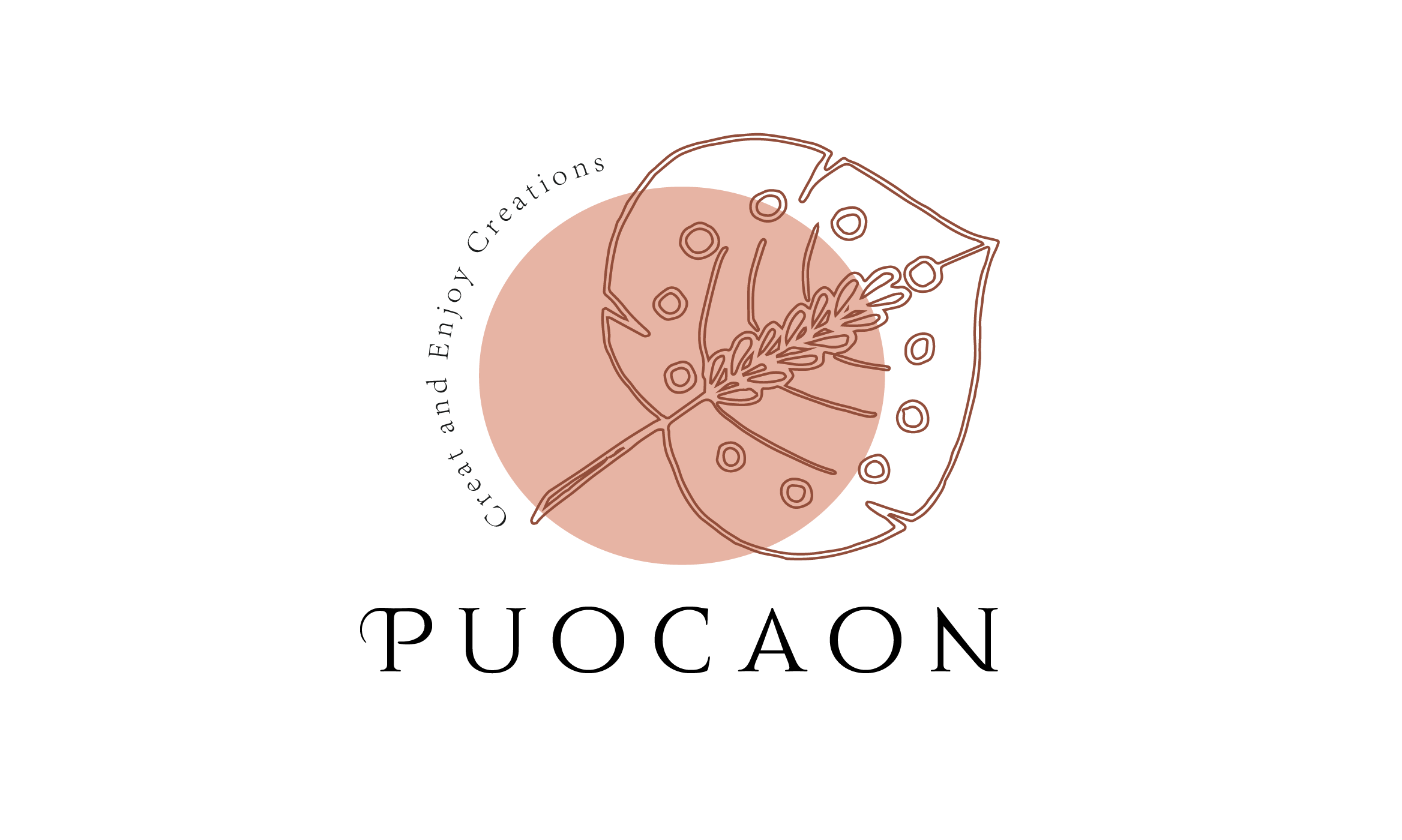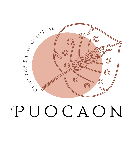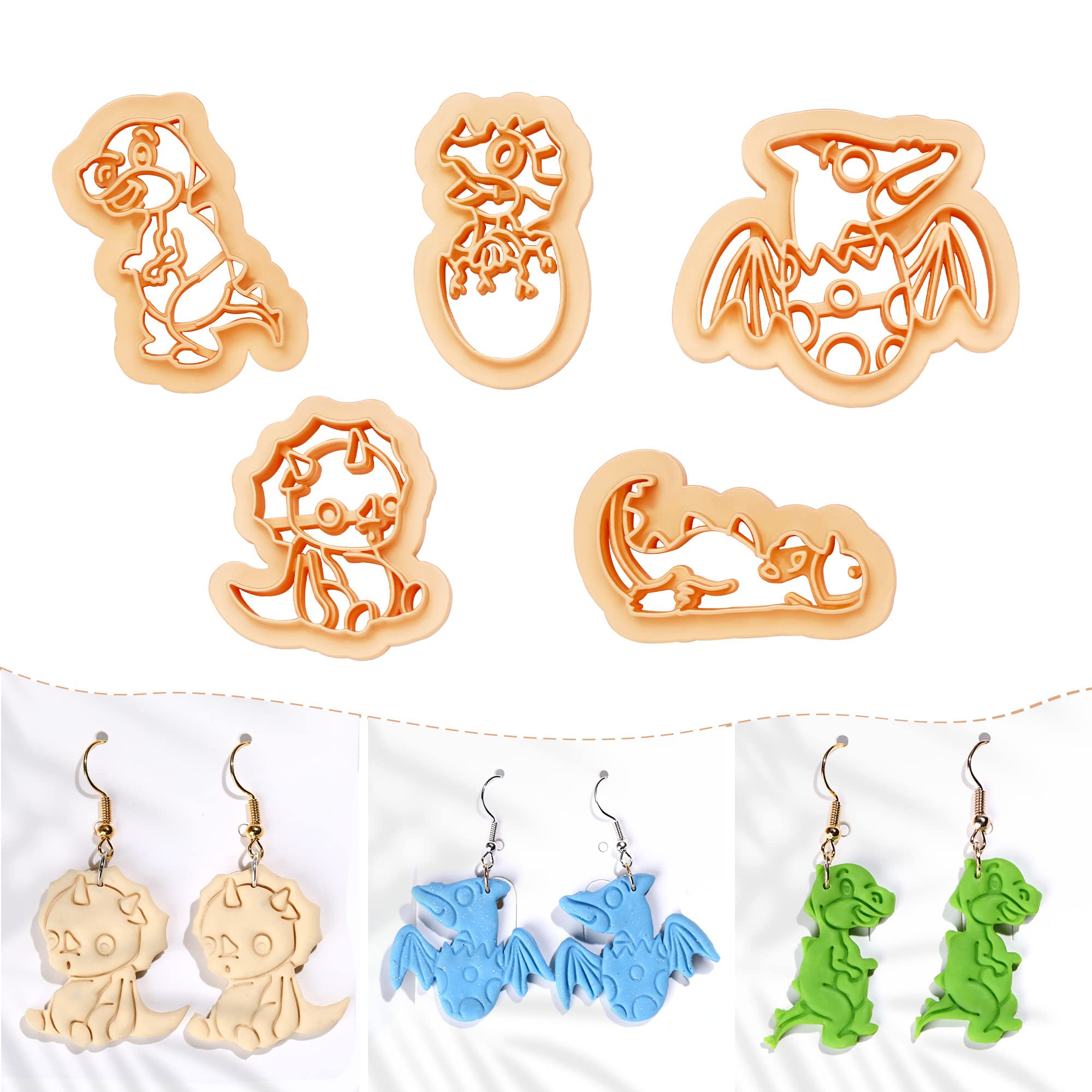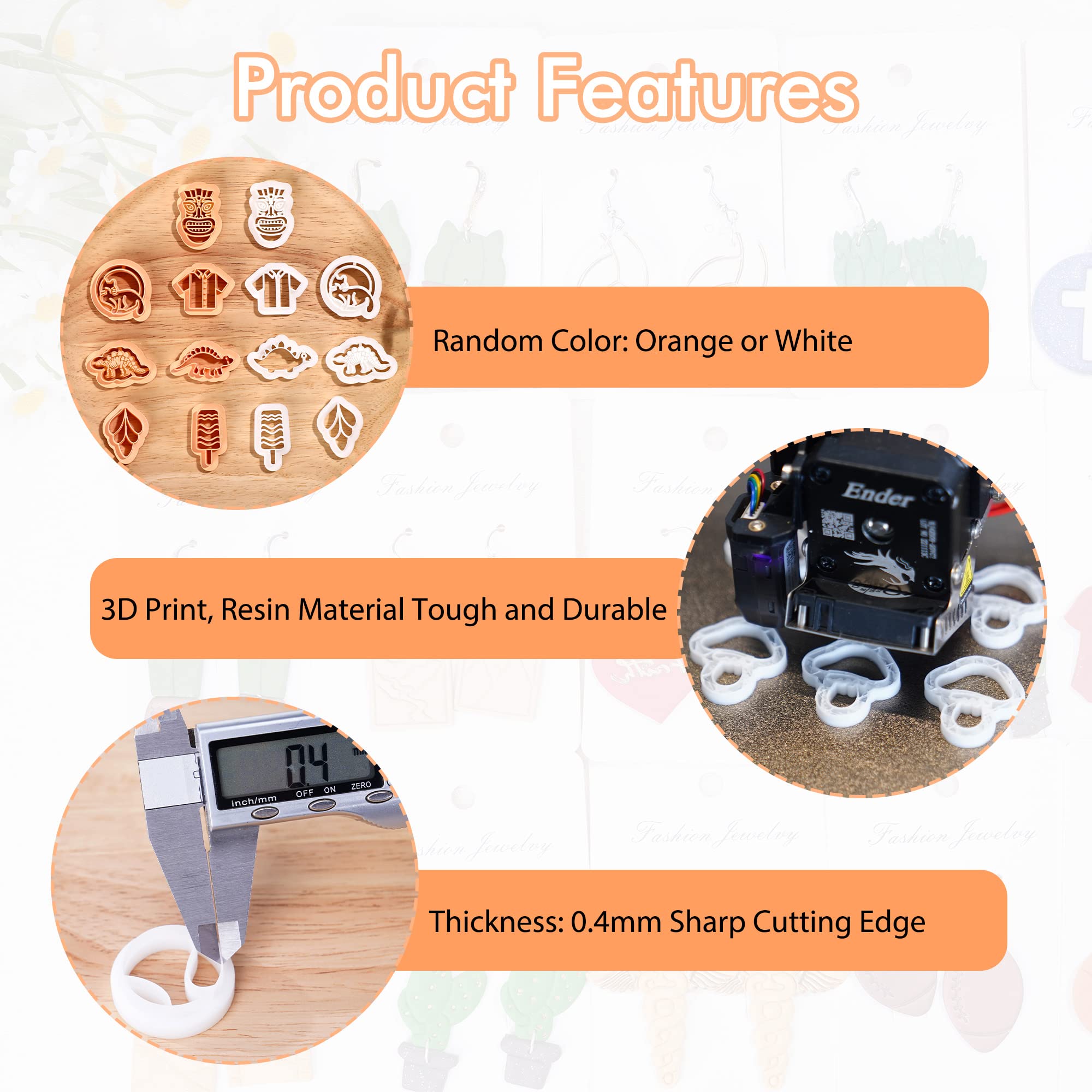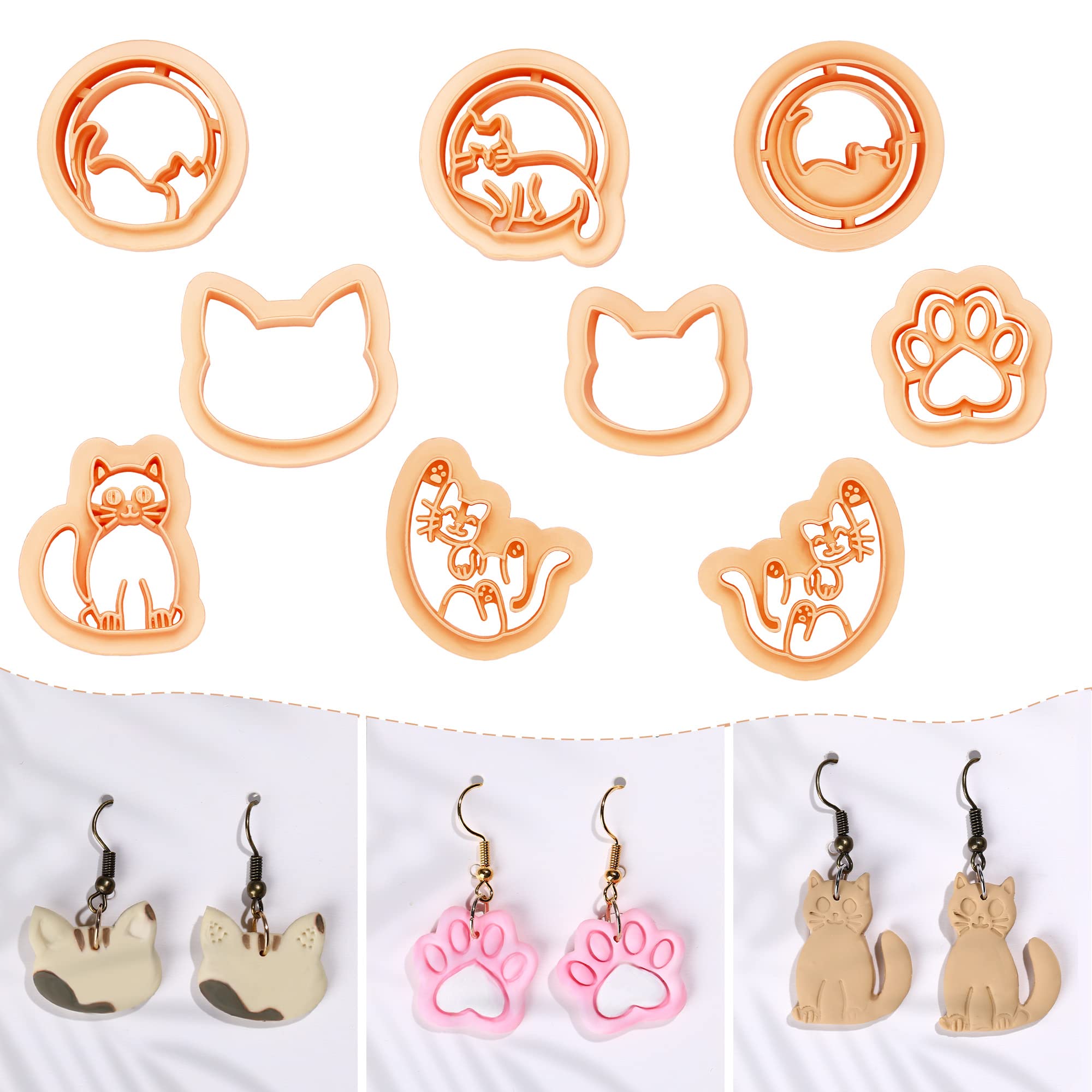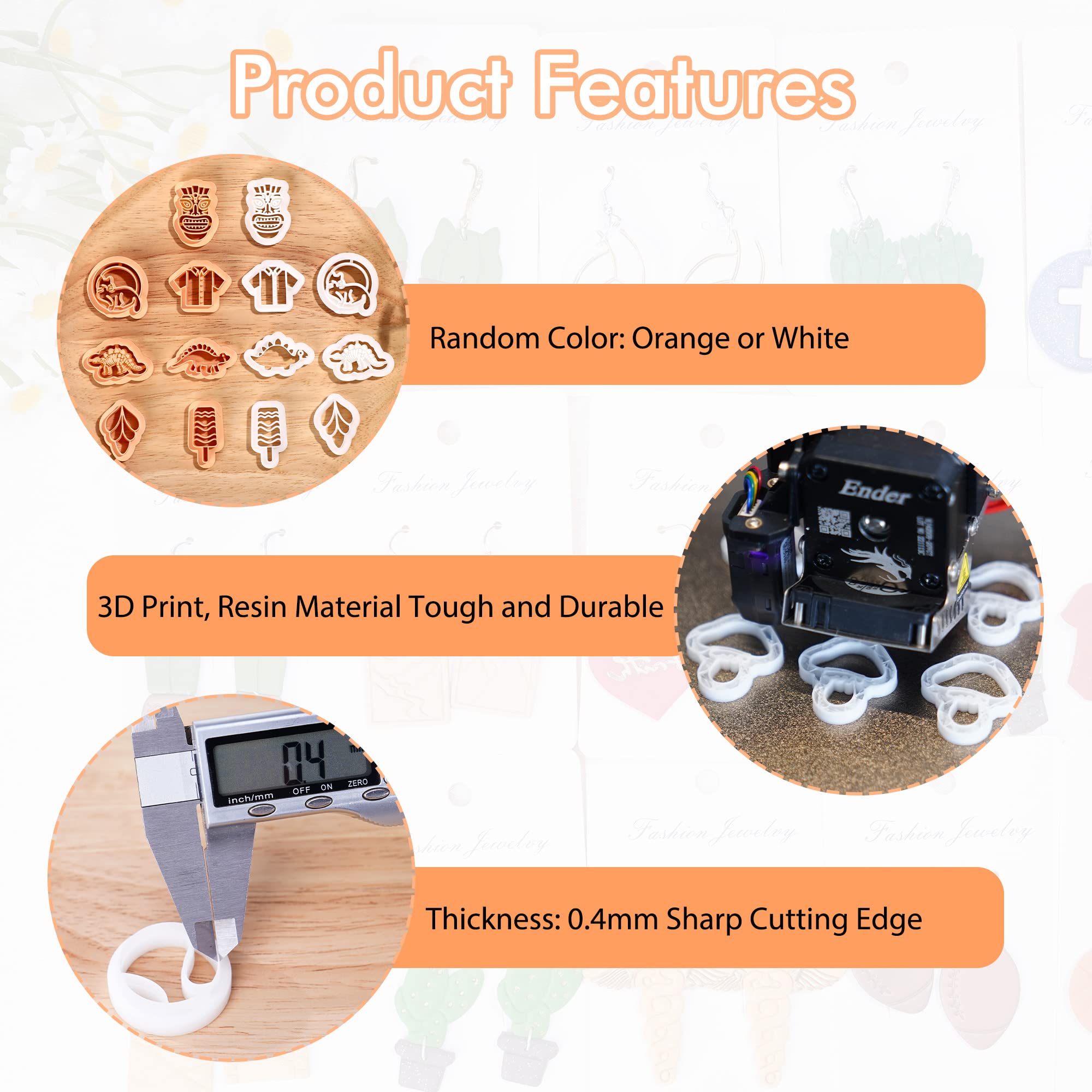
Exploring Types of Polymer Clay Cutters: Advantages and Disadvantages

Polymer clay cutters are essential tools for artists and crafters working with polymer clay, offering a myriad of design options. To make informed choices, it is crucial to understand the different types of polymer clay cutters, their classifications, and the advantages and disadvantages associated with each. In this comprehensive and professional blog post, we will delve into the world of polymer clay cutters, providing detailed insights to help you select the most suitable tools for your projects.
Classification Based on Shape
-
Basic Geometric Cutters:
- Versatile and widely available in shapes like circles, squares, rectangles, ovals, and triangles.
- Well-suited for creating clean-cut basic shapes and simple designs.
- Offered in multiple sizes, allowing for flexibility in project scale.
- Limited design options compared to specialty shape cutters.
- Not suitable for intricate or complex designs.
Puocaon designed versatile geometric Clay Cutters in various shapes for artists:

-
Specialty Shape Cutters:
- Provide a wide range of unique shapes such as hearts, flowers, animals, leaves, stars, and more.
- Enable the creation of intricate and specific designs.
- Add variety and visual interest to clay projects.
- Limited to specific shapes, reducing versatility compared to basic geometric cutters.
- May require additional investment to build a diverse collection of shapes.

Classification Based on Material
-
Metal Cutters:
- Renowned for their durability and long lifespan.
- Offer clean and precise cuts, providing a professional finish to clay shapes.
- Available in various shapes and sizes, providing ample design options.
- Tend to be more expensive compared to plastic cutters.
- Relatively heavier, which may cause fatigue during extended use.
- Prone to rust if not properly cared for and stored in a dry environment.
-
Plastic Cutters:
- Cost-effective and budget-friendly option.
- Lightweight and easy to handle, reducing hand fatigue during prolonged use.
- Offered in a wide variety of shapes and sizes, catering to diverse design preferences.
- Rounded edges make them safer for use by artists of all ages.
- Less durable than metal cutters, susceptible to bending or breaking with heavy or frequent use.
- May not provide as sharp or clean-cut edges as metal cutters, requiring extra shaping or refining.
- Can accumulate clay residue over time, necessitating thorough cleaning and maintenance.
Classification Based on Design Features
-
Solid Cutters:
- Have a continuous cutting edge, allowing for straightforward shape cutting.
- Ideal for basic geometric designs and simple clay shapes.
- Easy to use and clean, requiring minimal effort in cutting and maintenance.
- Limited to cutting the outer edges only, restricting versatility for complex or layered designs.
- Not suitable for creating intricate or detailed shapes that require inner cutouts.
-
Outline Cutters:
- Cut only the outer edges, resulting in borders or frames for clay pieces.
- Enable the creation of intricate outlines or shapes with defined edges.
- Primarily designed for creating outlines, limiting their versatility for solid shapes.
- Often require additional shaping or refining after cutting to achieve desired results.
Understanding the types of polymer clay cutters and their classifications is essential for selecting the most suitable tools for your clay projects. Basic geometric cutters offer versatility, while specialty shape cutters provide unique design options. Metal cutters excel in durability and precision, while plastic cutters offer affordability and lightweight handling. Solid cutters are ideal for straightforward shapes, while outline cutters enable the creation of intricate outlines. Consider your project requirements, budget, and personal preferences when choosing polymer clay cutters
